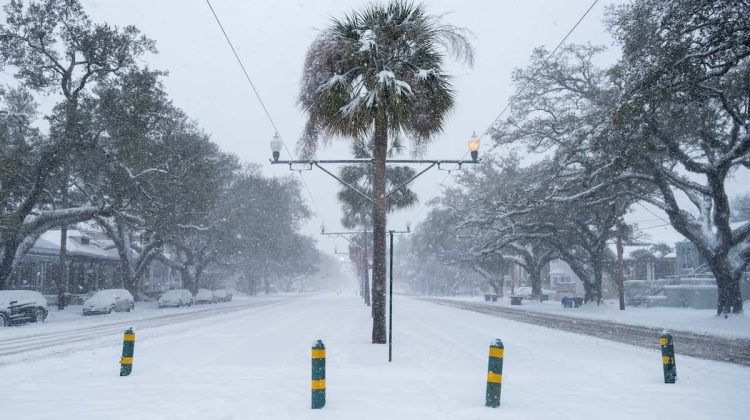The new generation of motor vehicles is autonomous. In March 2022, Mercedes-Benz announced its intent to release the new Drive Pilot system in the U.S. by the end of the year. This is a Level 3 autonomous driving system, meaning drivers can take their hands off the wheel and eyes off the road. Furthermore, Mercedes has stated that it will take full liability for any car accidents that occur while Drive Pilot is engaged.
What Is Mercedes’ Drive Pilot System?
The Drive Pilot system by Mercedes is designed specifically for traffic jams, where traffic is traveling below 40 miles per hour. In this scenario, Drive Pilot will take control of the vehicle’s speed, steering and brakes to move the car through traffic congestion. The program uses LiDAR, wetness sensors, cameras and microphones to control speed and distance relative to surrounding vehicles. It also has lane-keeping technology and can react to unexpected situations, such as by pulling the vehicle over in an emergency stop or moving within the lane to avoid a collision.
How Is Drive Pilot Different From Other Autonomous Car Technologies?
Drive Pilot is the first Level 3 autonomous tech to receive international certification. It is already approved for German highways in S-Class and EQS Mercedes sedans and is projected to debut in California and Nevada by the end of 2022. A Level 3 system means that a driver doesn’t have to pay attention to the road or control the vehicle in certain situations. He or she can allow the autonomous vehicle technology to take over without having to supervise the system.
Mercedes’ Drive Pilot has more redundancies, additional power supplies and higher-quality LiDAR scanners than most other autonomous vehicles currently on the market. The Drive Pilot system gives a 10-second warning before giving control of the vehicle back to the driver. A handover warning may be triggered by bad weather, construction zones, emergency vehicles and overhead obstructions.
Test drivers have reported that the Drive Pilot system operates noticeably smoother and more competently than Level 2 autonomous vehicles. Soon after Mercedes was approved for Level 3 international certification, other autonomous vehicle makers followed suit, including Honda and BMW. One difference, however, is that Mercedes-Benz has accepted full responsibility for its Drive Pilot program.
In Drive Pilot, Mercedes Accepts Full Accident Responsibility
Perhaps the most groundbreaking news regarding the Drive Pilot system is that Mercedes has accepted full legal responsibility for the vehicle when Drive Pilot is engaged. This means that drivers can look at their phones, read, watch movies or simply zone out while the tech is engaged – if the vehicle crashes, it’s not the driver’s legal fault. Mercedes will take liability for the accident, meaning it will pay for all related property damage and bills. This puts the Drive Pilot system far ahead of its Level 2 competitors, who have historically denied liability for accidents involving their autonomous technologies.
Not only is the promise to accept liability a relief for drivers on a legal level, but it also improves the safety of the tech. Mercedes’ self-imposed guidelines mean that the automaker had to solve problems that currently plague Level 2 autonomous vehicles. The software was designed with Level 3 parameters in mind – namely, the ability of the driver to relax rather than supervise the vehicle. The solution was found in the lengthy 10-second buffer, which allows drivers time to take back control before Drive Pilot disengages.
While Mercedes is marked as a trailblazer for its Level 3 Drive Pilot technology, there are distinct parameters for using the autonomous driving features. The vehicle must be traveling at a speed below 40 mph on a limited-access divided highway with no traffic control systems or construction zones. The highways must be mapped by Mercedes. Furthermore, the system will only work in the daytime and not in inclement weather. Finally, drivers cannot close their eyes or sleep while Drive Pilot is engaged. While the tech is limited, it is a step further in the direction of entirely self-driving vehicles – and, most importantly, it is supported by Mercedes’ liability guarantee.




No Comment